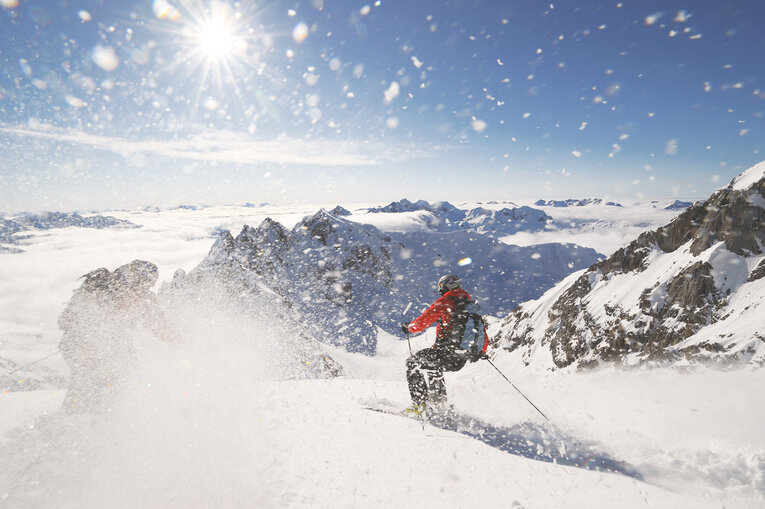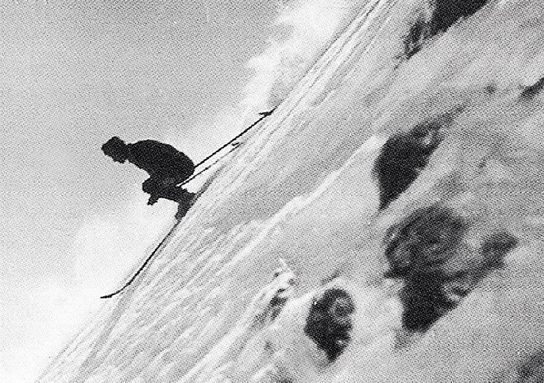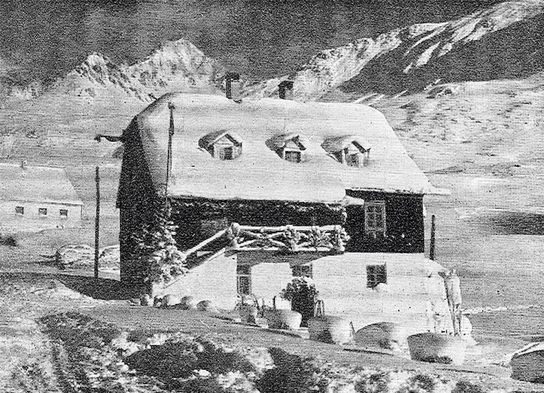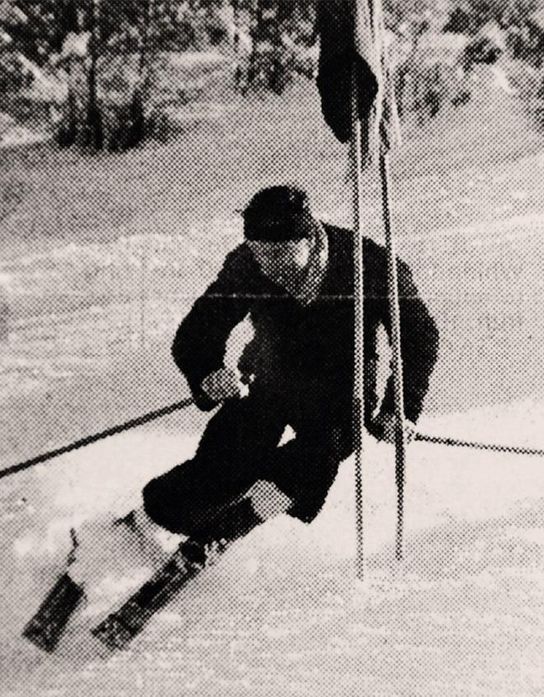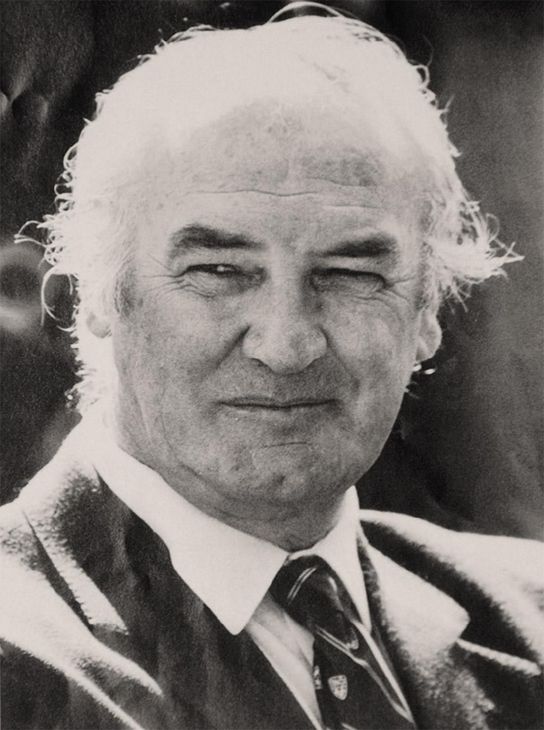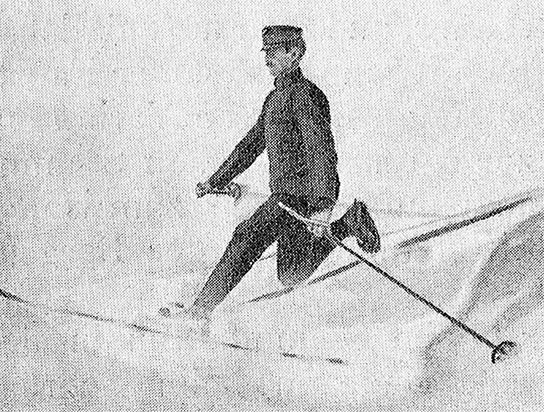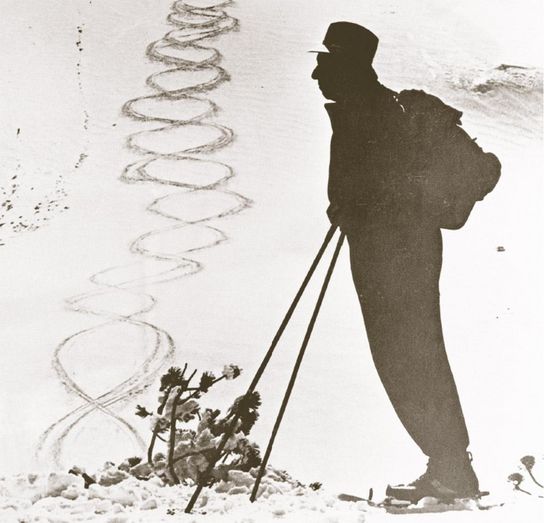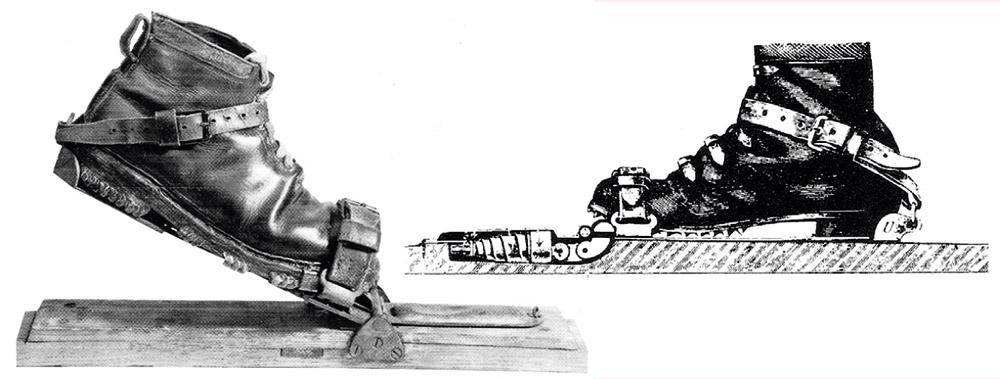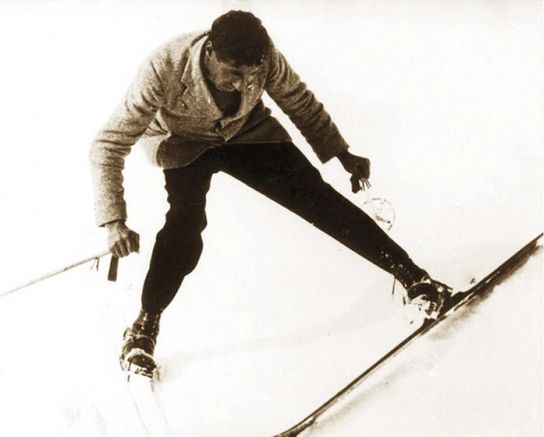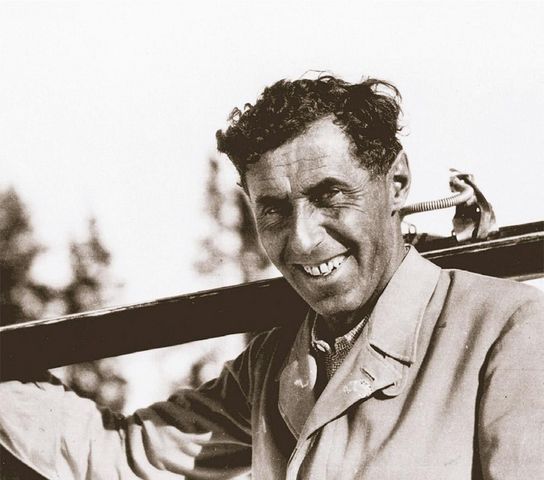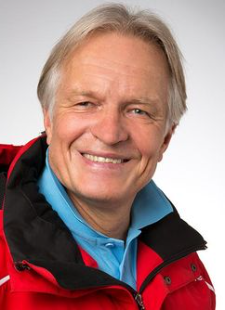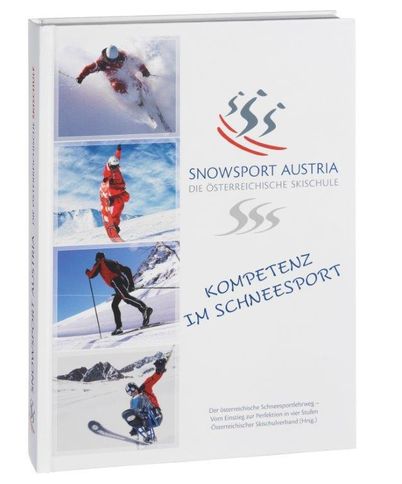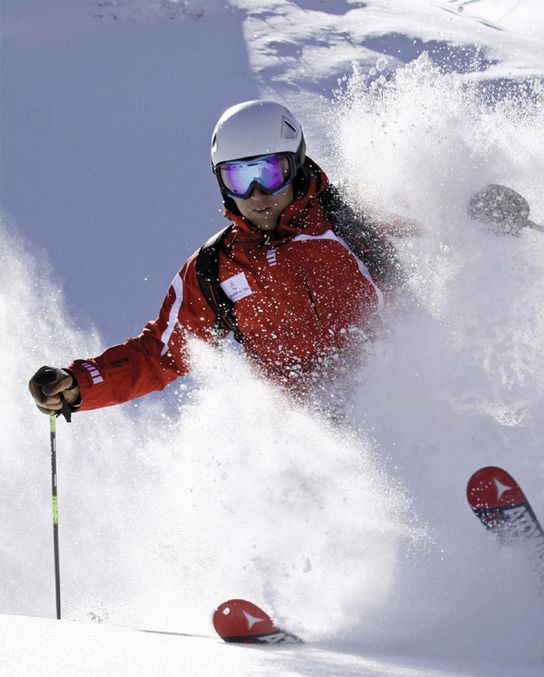Following the end of the First World War, the first winter visitors came to Austria and a great many ski schools were founded. In the twenties Dr. Arnold Fanck`s famous book on skiing "The Miracle of Snowshoes" was published and generated enormous publicity for skiing, stoking its popularity still further.
Through the reformation of physical education in Austrian schools, skiing was classified as "winter training" from 1922. In 1924 gym teachers had to undergo extensive training in skiing. As a logical consequence to the great demand for instructors, an attempt to establish uniform guidelines in extracurricular lessons emerged. Ernst Janner, gym teacher at the high school in Innsbruck and tutor at the gymnastics halls at the University of Innsbruck was entrusted with the first all-Austrian instructor training in St. Christoph a.A. During the First World War, he was with his ski guide company on a tour to the Wegmacherhaus next to the Hospiz in St. Christoph a.A. He immediately recognized the convenient location for skiing and started to renovate the house with his own resources. In 1924, under his management, the Ministry of Education took over the home. Janner published his first textbook "Arlberg School" in 1926.
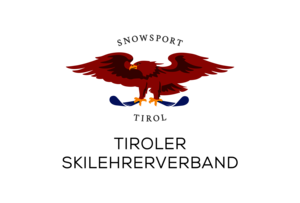
![[Translate to EN:] Skifahrer in rotem Skianzug [Translate to EN:] Skifahrer in rotem Skianzug](/fileadmin/userdaten/bilder/Header/header2_hintergrund_01.jpg)
